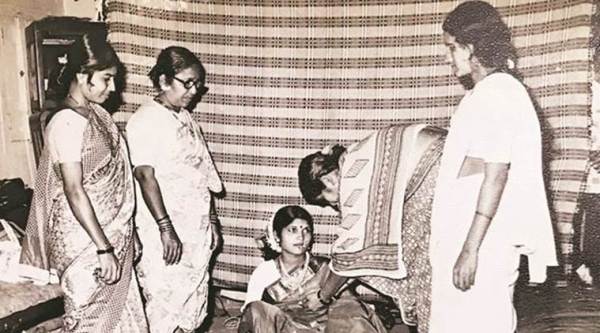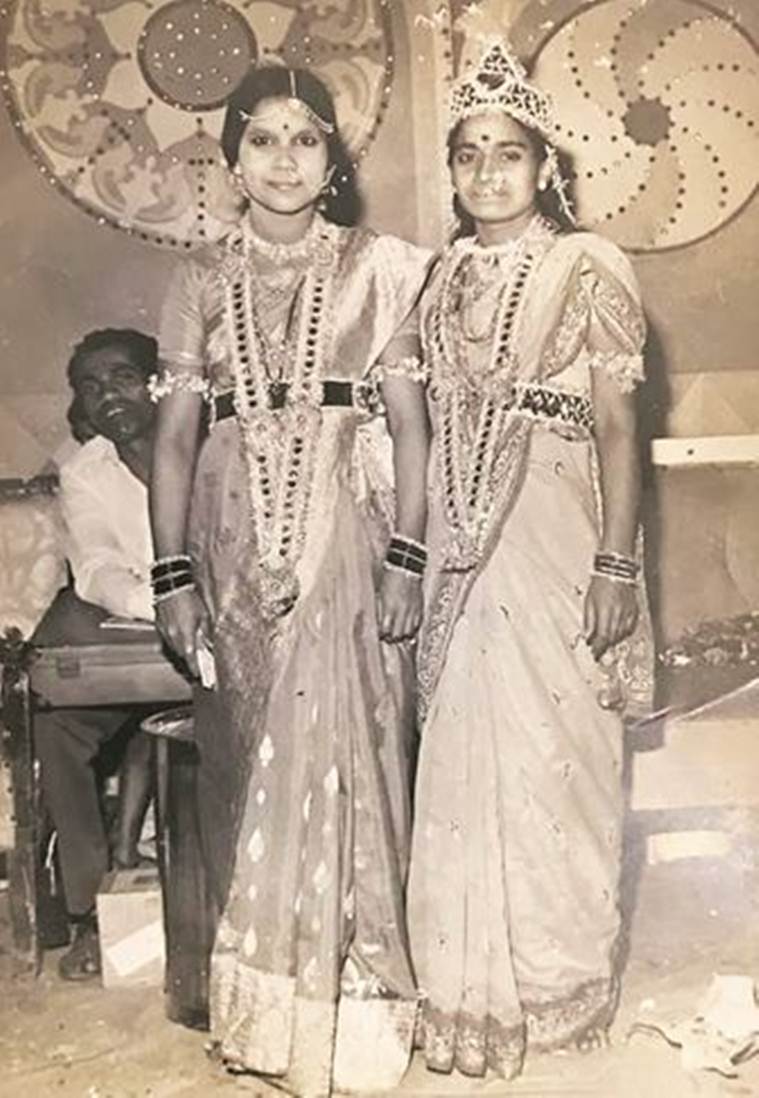
NEARLY 15 years after his death, 140 photographs from the collection of Dattatraya Mahadeo Koli, fondly known as ‘Diana’ in the Koli community of Thane’s Chendani Koliwada (where the Kolis live), is being exhibited at a pop-up museum of fisherfolk community of Mumbai.
Dattatraya, a passionate photographer, used to often turn up at the community’s Ganesh Chaturthi celebrations and Gauri Pujan to capture the festivities. Even as his job with the Thane Municipal Corporation made him a regular fixture at the important events of the area, he was also a sought-after wedding photographer of the community.
The exhibition, which began on Saturday, will continue till May 19 at Thane’s Khule Kaladalan. The pop-up museum is being organised by Tandel Fund of Archives (TFA), a non-profit organisation founded by artists Parag Kamal Kashinath Tandel and Kadambari Koli-Tandel, as a reminder of the traditional Koli way of life, which has become a thing of the past in the now developed Chendani Koliwada.
Following his father’s advice, Parag started looking for Dattatraya’s photographs to rediscover the community’s rituals, festivities and culture.

“Dattatraya had extensively photographed the festivities in Koliwada… the weddings, political meetings and even funerals. My parent’s wedding photographs were taken by him. Looking at those photos, one can spot how differently women draped their saris or how different were the wedding celebrations,” says Parag.
Besides these, the exhibits include photographs taken by Dattatraya during Holi and shoots at Chembur’s RK Studio. “My father used to be invited for Holi celebrations at RK Studio by Raj Kapoor. There are also images of Jaya Prada, Rekha, Raj Kapoor and other actors shooting there,” recalls Dilip Thanekar, Dattatraya’s eldest son.
Interestingly, also on display are “selfies” taken by Dattatraya. “He has taken a lot self-portraits by using timer,” says Parag.
While some of the printed photographs are damaged, the negatives are in a good condition. “We have reprinted the photographs but not enlarged them. Many were printed in 2X2 inches and we have retained the size,” says Parag, who plans to develop the negatives and display them later.
The 1931-born Dattatraya was an active photographer from 1950 till his death. His first camera was an Agfa, which he acquired when he was around 19. Dilip recounts that one of his father’s condition for getting married was to be gifted a Rolleicord camera. “His grandmother bought him a Rolleicord, which was a big deal then. In 1985, he purchased a Nikon FM.”
Chendani Koliwada was connected with the main city after the first passenger train in India ran between Bombay’s Bori Bunder to Thane on April 16, 1853. Unlike other Koliwadas of the city, Chendani Koliwada underwent a lot of development. “We feel this documentation is very important, as the traditional way of life of the fisherfolk here has given away to a more cosmopolitan living,” says Parag.
Through TFA, Parag aims to archive documents, collect objects and images regarding social history and contemporary society of Mumbai’s Koli community. “These villages used to be self-sufficient and self-sustaining areas even though the city has grown around them. These isolated villages used to have their own identities and were rich with resources due to their proximity to the sea. It is unfortunate that people in Chendani Koliwada hardly speak in the Koli dialect,” says Parag, who plans to periodically hold pop-up museums and highlight different aspects of the life in Koliwadas.